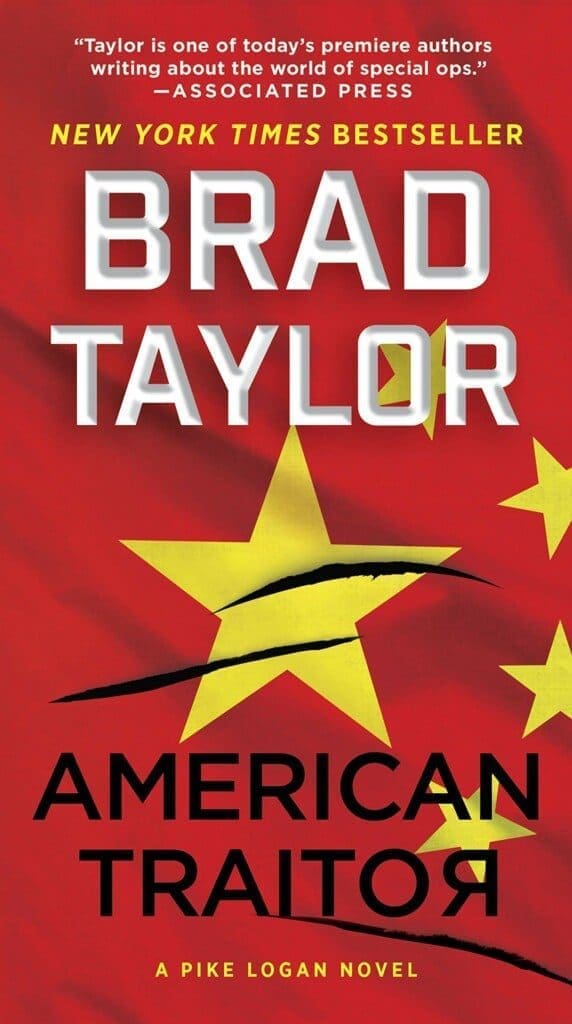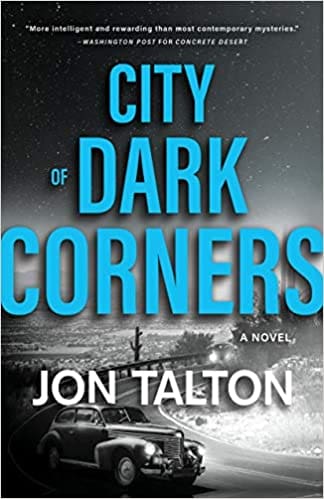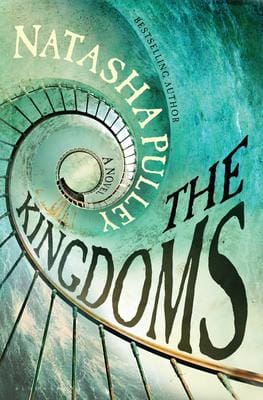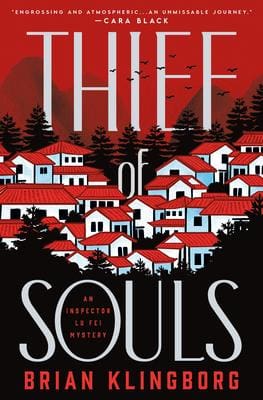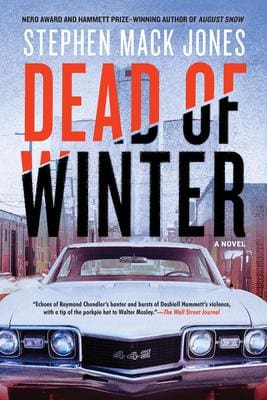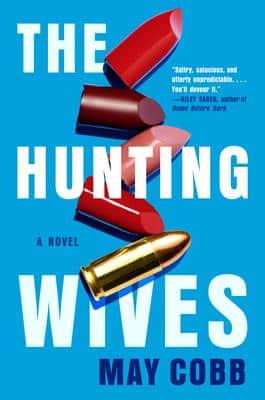It may seem a little early to promote a June 8 event, but it’s not. If you want to participate in the special book discussion of Brad Taylor’s An American Traitor, you’ll want time to read the book. Taylor will join in with the discussion. Here are the details.
Please Join us and author Brad Taylor as we discuss his novel, An American Traitor
This group will meet virtually Zoom. Please email patrick@poisonedpen.com for an invitation.
DATE: June 08
TIME: 5:00pm – 6:00pm (PDT), 8 pm (EDT)
ONLINE This is an online event at Zoom Meeting
Brad Taylor. An American Traitor
Pike Logan is on the desperate hunt for a man who is about to betray his country—and ignite a horrific new world war—in this pulse-pounding thriller from New York Times bestselling author and former special forces officer Brad Taylor
Pike Logan and Jennifer Cahill are enjoying a sunny vacation down under when they get disturbing news: their friend and colleague Clifford Delmonty is in serious trouble. While working as a contractor at an Australian F-35 facility, the former Taskforce member—callsign Dunkin—saw something he shouldn’t have, and now he’s on the run from Chinese agents.
Pike and Jennifer soon discover that Dunkin’s attackers are a dangerous link to a much larger scheme that could launch a full-on conflict between China and Taiwan. In its quest for dominance, China is determined to reclaim Taiwan—a pivotal ally the United States has sworn to protect. Pike learns that the Chinese have a devious plan to bait the island nation into all-out war by destabilizing the government and manipulating an artificial intelligence defense system.
As the threat reaches a boiling point, Pike alone realizes that what they’re seeing isn’t actually real. A soldier who has always been trained to fight and win, Pike must now track down and neutralize the missing man who holds the key. With the help of Jennifer, the Taskforce team, and a brave Taiwanese intelligence agent, he races to prevent a catastrophic conflict from consuming a whole region of the world.

